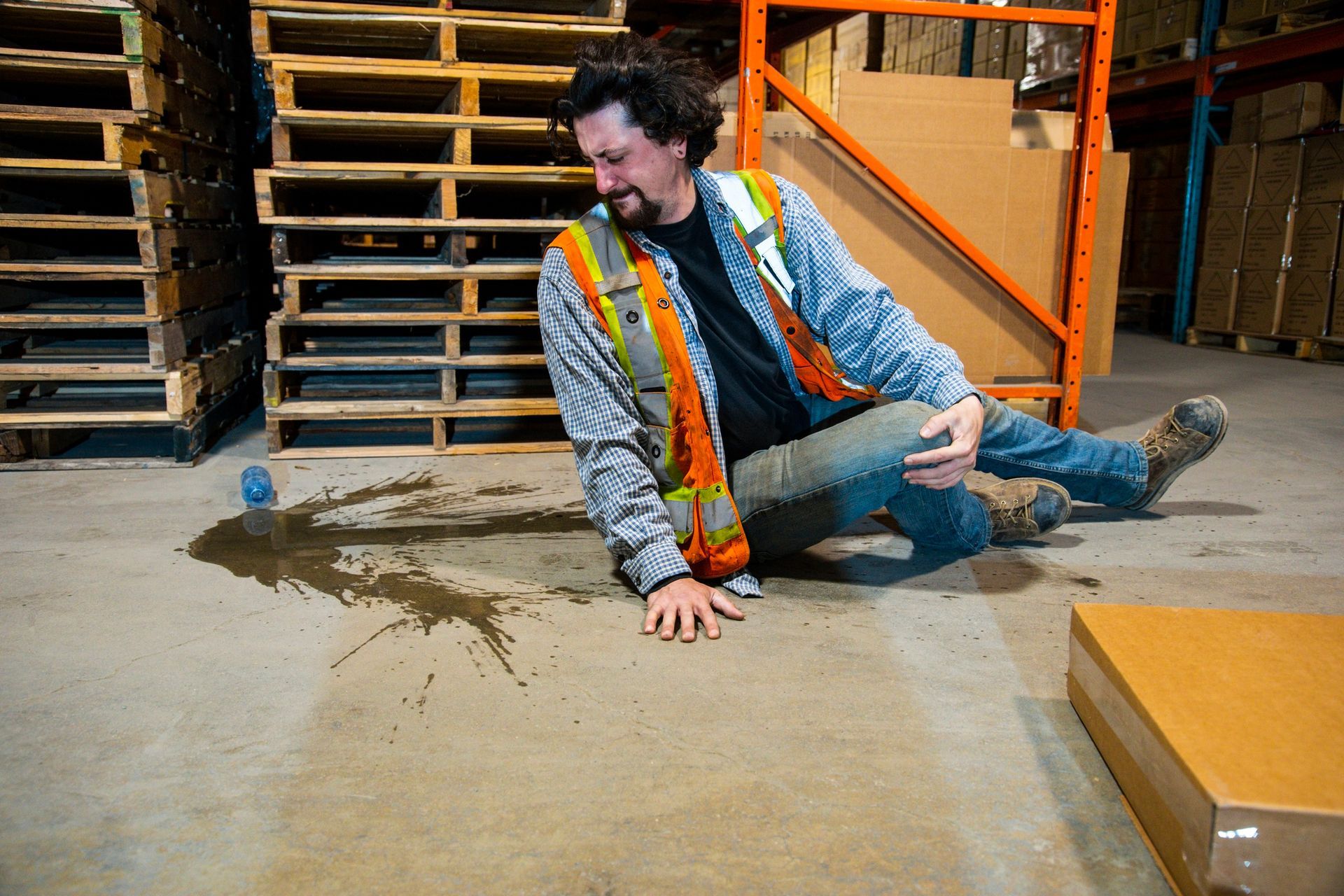TRAGEDY AT THE BUS STOP
A Terrible Accident Strikes a Small Town
TRAGEDY AT THE BUS STOP
On Friday, February 24, 2023, a six year old little girl was waiting at the bus stop for her school bus, just as she does every weekday morning. When the school bus arrived, she started to cross the street in order to board it, also just as she does every weekday morning. But on that particular morning, a vehicle failed to stop while students were boarding the bus. The vehicle struck the six year old, and despite the valiant actions of First Responders and a life-flight to UPMC Children’s Hospital, she died.
SCHOOL BUS TRANSPORTATION ACCIDENTS
A school bus-related crash is defined by NHTSA as any crash in which a vehicle, regardless of body design, used as a school bus is directly or indirectly involved. This includes incidents involving school children getting in or out of a vehicle. (emphasis added)
From 2011 to 2020, about 70% of the deaths in school bus-related crashes were occupants of vehicles other than the school bus, and 16% were pedestrians. About 5% were school bus passengers, 5% were school bus drivers, and 3% were pedalcyclists. Of the people injured in school bus-related crashes from 2011 to 2020, about 33% were school bus passengers, 8% were school bus drivers, and 54% were occupants of other vehicles. The remainder were pedestrians, pedalcyclists, and other or unknown.
During the 2018-2019 school year, a spike in school bus-related accidents led to an examination of safety protocols near bus stops. School bus-related crashes killed 54 people nationwide in 2020, down by over 50% compared to 2019 according to National Safety Council (NSC) tabulations of data from the National Highway Traffic Safety Administration (NHTSA). It is likely that this sharp decline was a result of fewer school bus trips occurring during the COVID-19 pandemic in 2020. An accurate picture of post-pandemic accidents, injuries and fatalities is not yet available.
One thing is certain: school buses are still the safest option for transporting children to school, safer than walking or riding in a car. The school bus is one of the safest vehicles on the road. Less than 1% of all traffic fatalities involve children on school transportation vehicles. However, children are more at risk when approaching or leaving a school bus.
It is for this reason that safety practices at and around a school bus stop should be taught and adhered to by children. In particular, students and their parents should always be aware of the “danger zones.” The danger zones may extend as much as 30 feet from the front bumper (with the first 12 feet being the most dangerous), 12 feet from the left and right sides, and 12 feet behind the rear bumper of the school bus. In addition, the area to the left of the bus is always considered dangerous because of passing cars.
SAFETY PROTOCOLS
Drivers should observe the following:
+ When there are children in the school bus, always maintain distance from the moving vehicle in the front. The driver should be left with plenty of time when the brake lights of the vehicle on the front start to flash. Flashing yellow lights indicate that the bus is preparing to stop. This gives an opportunity for the drivers behind to slow down.
• If the yellow or red lights of a school bus carrying children start to flash, and when the driver extends the stop arm, all the traffic behind must come to a stop.
• In case you are on a road that is not divided, do not pass a bus, from either direction, which has stopped to load or unload children.
• It is a good idea for every driver near a school bus to be extra alert as one cannot predict the behavior of children. Drivers of all vehicles near schools should be aware of the lowered speed limits.
• Ensure that your vehicle does not block the crosswalk. This forces children to move around your vehicle when they want to cross the road. This could put them in the midst of moving traffic.
• When your vehicle is in the ‘school zone’, and flashers are blinking, check all cars nearby are stopped and allow pedestrians to cross the roads.
• Always make sure that you stop the vehicle whenever a traffic policeman or a school patrol guard holds up a ‘Stop’ sign.
• Look out for children whenever your vehicle crosses playgrounds and parks on school areas.
There have been many cases where children lost their lives in bus-related accidents when walking on nearby roads. The majority of these children are very young, between 4 and 7 years of age. Many times they are hit by motorists that are illegally passing a school bus that has stopped to pick up or drop off the students. Sometimes they are hit by the bus. Education about safety near and at bus stops is vital to avoiding accidents. Bus drivers, vehicle drivers and students all need to know and follow the safety protocols surrounding boarding and de-boarding buses:
+ Make use of the handrail while boarding and de-boarding the bus.
• Maintain a minimum distance while waiting for the bus at bus stop.
• Enter the bus only after it has completely halted to a stop.
• After alighting from the bus, walk for a distance of at least 10 feet before attempting to cross the road.
• No student should cross the road from behind the bus.
• You should cross the road only after receiving driver’s signal.
• You should be educated about the safety of the school bus.
Education about safety near and at bus stops is vital to avoiding accidents. Bus drivers, vehicle drivers and students all need to know and follow the safety procedures surrounding boarding and de-boarding buses.
CONTACT YOUR ATTORNEY
If you or someone you know has been involved in a school bus-related accident, contact Dave Thomas at The Thomas Law Firm for a free evaluation of your legal rights.





